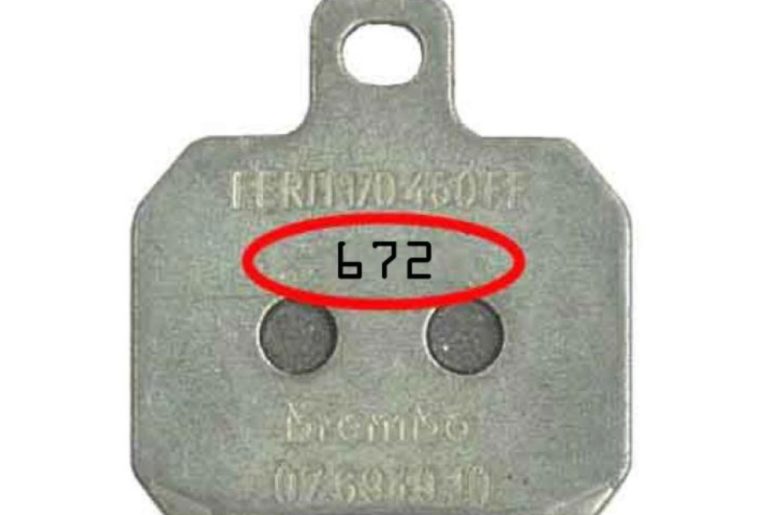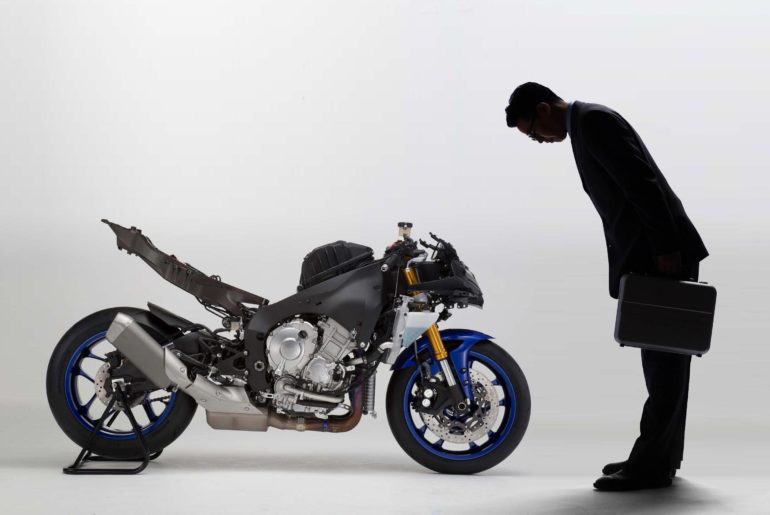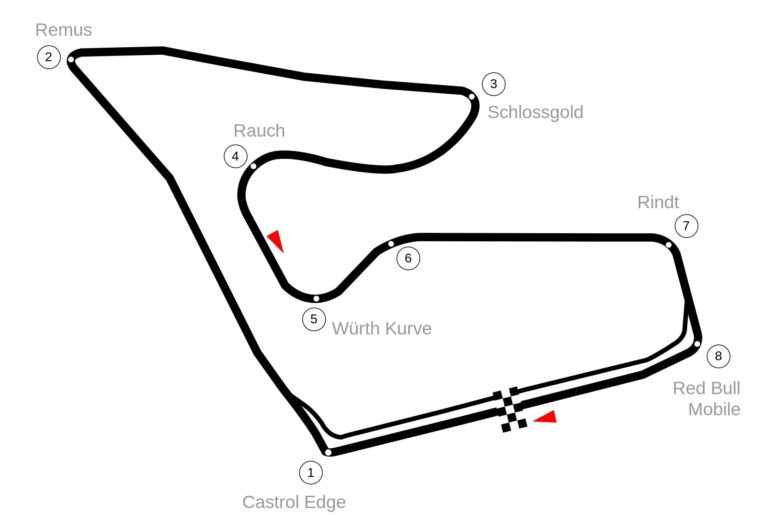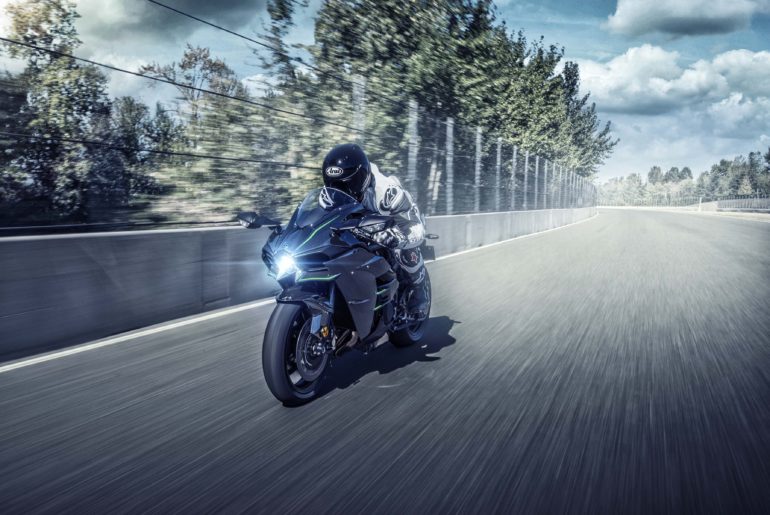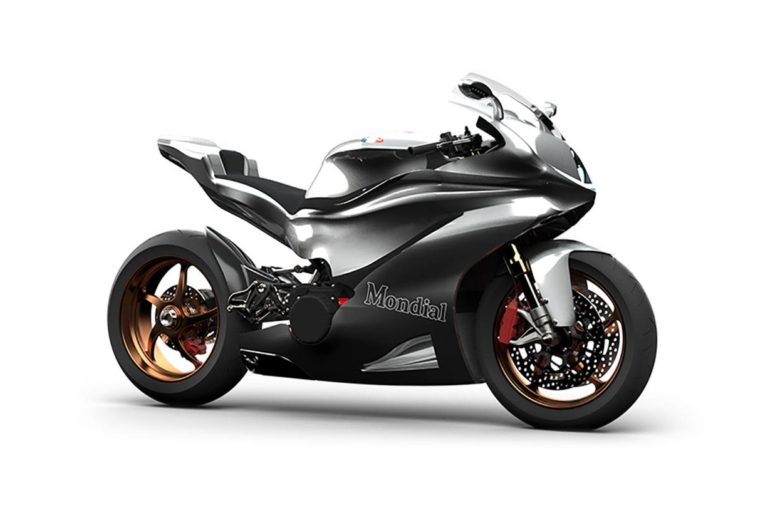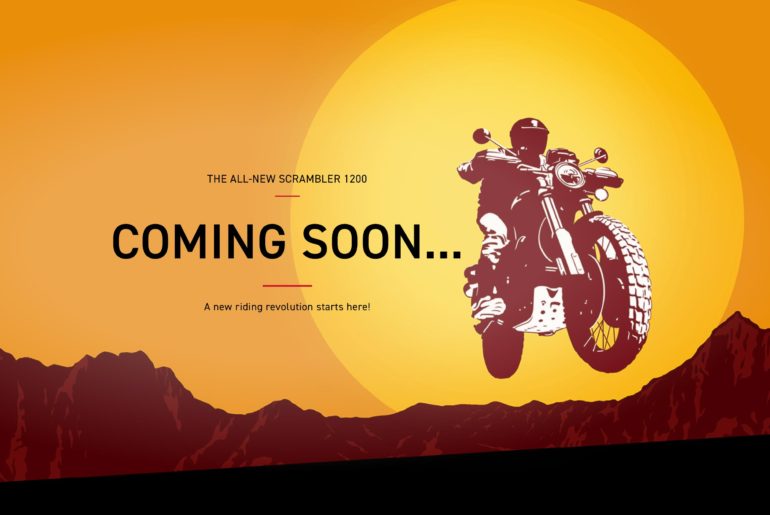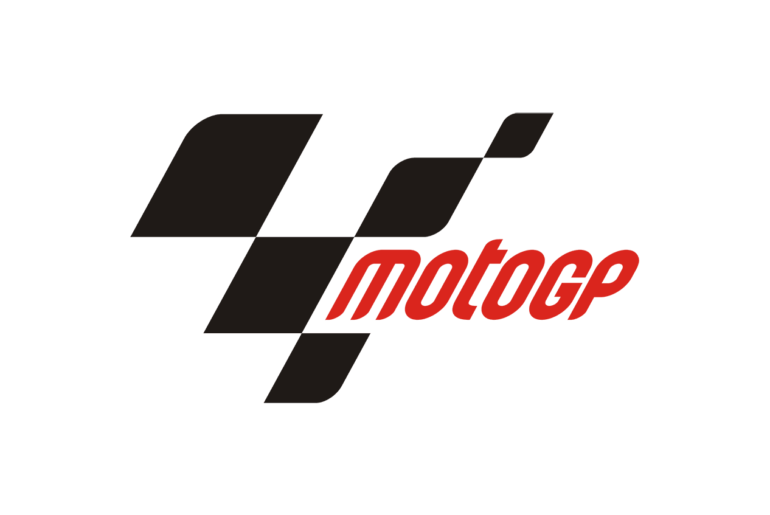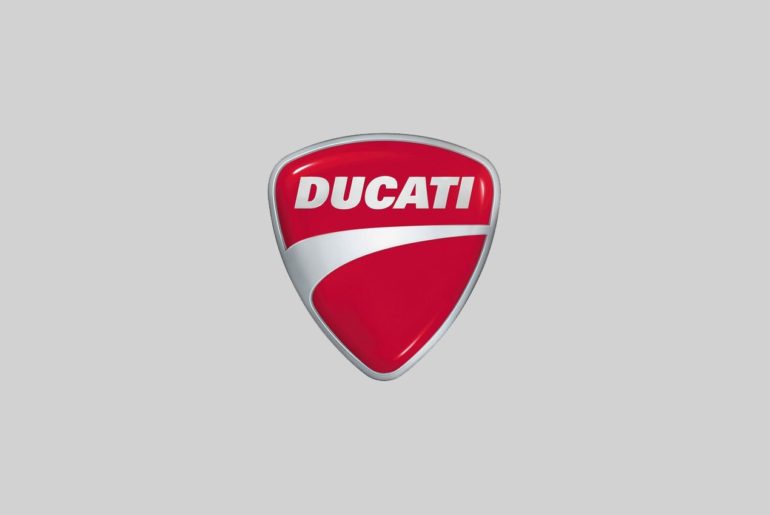We knew it was going to rain at some point on Friday, the only question was when. Well, not quite the only question.
The other question was, if it did rain, would the MotoGP riders go out and ride in the rain? Or would they deem the Red Bull Ring to be too dangerous to ride in the wet, and sit out practice, as they had threatened when rain had caused Moto2 riders to fall like skittles last year?
It started to rain in the early afternoon, right at the end of Moto3 FP2.
Thankfully, not heavily enough to claim too many casualties, though Nicolo Bulega did suffer a massive highside after the checkered flag had fallen, his bike flying through the air and clouting Nakarin Atiratphuvapat around the head, the Thai rider trying to fend off the airborne KTM with one hand, while trying not to fall off with the other.
From that moment on, the rain started to pelt down. A rivulet started running across pit lane exit, and standing water formed on the steep downhill sections of Turns 1 through 4.
It rained so heavily that MotoGP FP2 was delayed for 20 minutes or so, as the safety car circulated testing conditions. But the session was eventually given the green light, and riders were free to enter the track. Would anyone attempt it?
Alex Rins was the first to test the waters, venturing out and then heading straight back in. Johann Zarco was the next, the Monster Tech3 Yamaha rider the first to put in consistent laps, though conditions were not really up to it.
“When I start, even if we have mapping for the rain, there is too much power and I was fifth gear and spinning in fifth gear all the time,” Zarco said. “Also I have to have half-throttle to go and to make the straight.”


